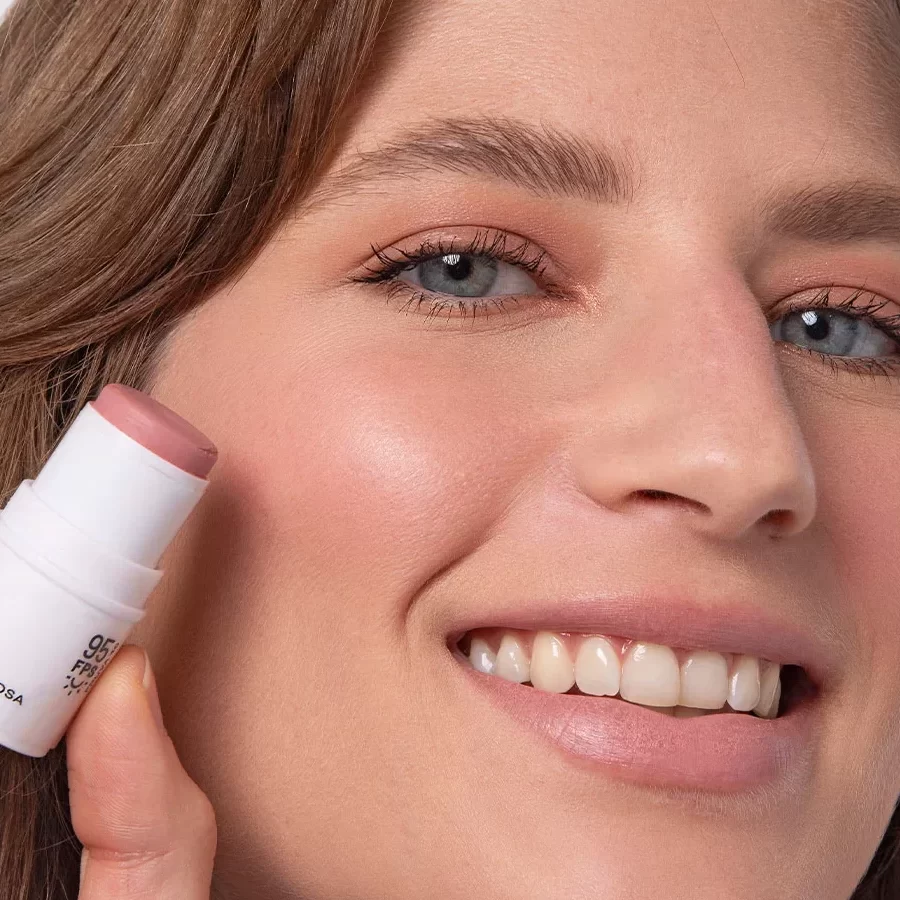The Allure of Coral
Contents
- 1 The Allure of Coral
- 2 A Brief History of Blush
- 3 The Psychology of Color
- 4 Choosing the Right Coral Blush
- 5 Application Techniques for a Flawless Finish
- 6 Pairing Coral Blush with Other Makeup
- 7 Seasonal Adaptations of Coral Blush
- 8 DIY Coral Blush: Natural Alternatives
- 9 Celebrity Inspiration: Iconic Coral Blush Looks
- 10 The Future of Coral Blush: Trends and Innovations
Coral blush captivates makeup enthusiasts with its vibrant yet versatile hue. This warm, peachy-pink shade adds a natural flush to the cheeks, instantly brightening the complexion. Makeup artists and beauty aficionados alike praise coral blush for its ability to complement a wide range of skin tones. The color draws inspiration from the stunning hues found in coral reefs, bringing a touch of nature’s beauty to everyday makeup looks. Coral blush stands out as a perfect balance between pink and orange, creating a harmonious blend that flatters both warm and cool undertones.
Its popularity stems from its ability to impart a healthy, sun-kissed glow without appearing too bold or artificial. Moreover, coral blush adapts seamlessly to various makeup styles, from minimal and fresh-faced to glamorous and dramatic. This adaptability makes it a staple in many makeup collections, earning its place as a timeless classic. The shade evokes feelings of warmth and vitality, reminiscent of tropical getaways and summer sunsets. As a result, coral blush continues to captivate makeup lovers season after season, maintaining its status as a beloved beauty essential.
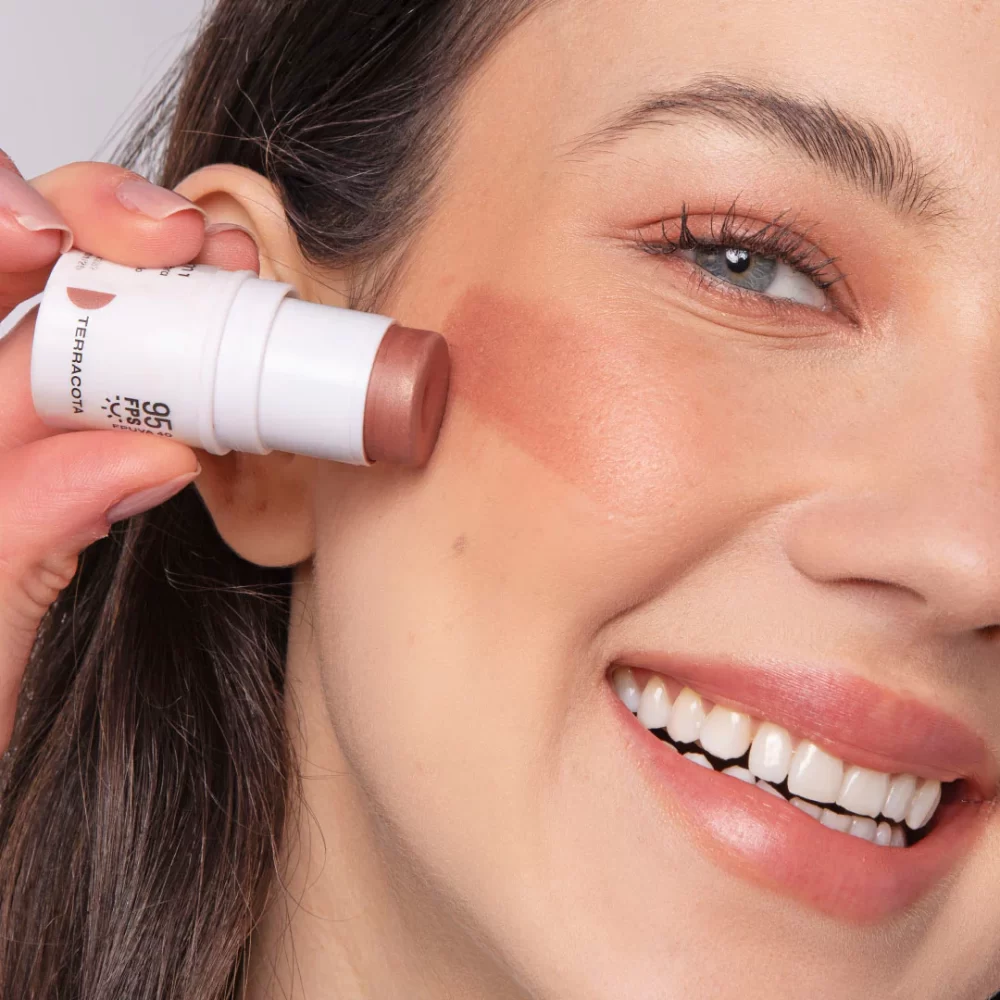
A Brief History of Blush
The use of blush dates back centuries, evolving significantly over time. Ancient Egyptians pioneered the concept by applying red ochre to their cheeks for a flush of color. In the Roman Empire, wealthy women used red vermilion to achieve a rosy glow. The Middle Ages saw a decline in makeup use, but the Renaissance revived the practice with renewed vigor. During this period, both men and women applied rouge to their cheeks, signifying health and vitality. The 18th century marked the height of elaborate makeup, with both genders sporting bright red circles on their cheeks.
However, the Victorian era brought a shift towards more natural looks, with subtle pink tones gaining popularity. The 20th century witnessed the rise of commercial blush products, introducing a wide array of colors and formulations. Coral blush emerged as a favorite in the 1950s and 1960s, aligning with the era’s fascination with tropical themes and vibrant hues. Since then, coral has remained a beloved shade, adapting to changing beauty trends while maintaining its timeless appeal. Today, coral blush continues to evolve, with innovative formulas and application techniques keeping this classic color fresh and relevant.
The Psychology of Color
Colors profoundly impact human emotions and perceptions, and coral blush harnesses this power effectively. The warm, inviting tone of coral evokes feelings of joy, energy, and optimism. Psychologists note that shades of orange and pink, which combine to create coral, stimulate positive emotions and boost confidence. Wearing coral blush can subtly influence mood, promoting a sense of well-being and vibrancy. This psychological effect extends beyond the wearer, as others often perceive individuals with a coral-flushed complexion as friendly, approachable, and full of life.
The color’s association with tropical settings and summer vacations subconsciously triggers pleasant memories and feelings of relaxation. Additionally, coral’s balance between warm and cool tones makes it universally flattering, enhancing self-esteem across diverse skin tones. In color therapy, coral is believed to promote emotional balance and social interaction. By incorporating coral blush into daily makeup routines, individuals may experience a subtle yet positive shift in their overall outlook. This psychological boost can contribute to increased self-assurance and a more optimistic approach to daily challenges. The power of color psychology in makeup choices underscores the importance of coral blush as more than just a cosmetic product, but as a tool for enhancing emotional well-being.
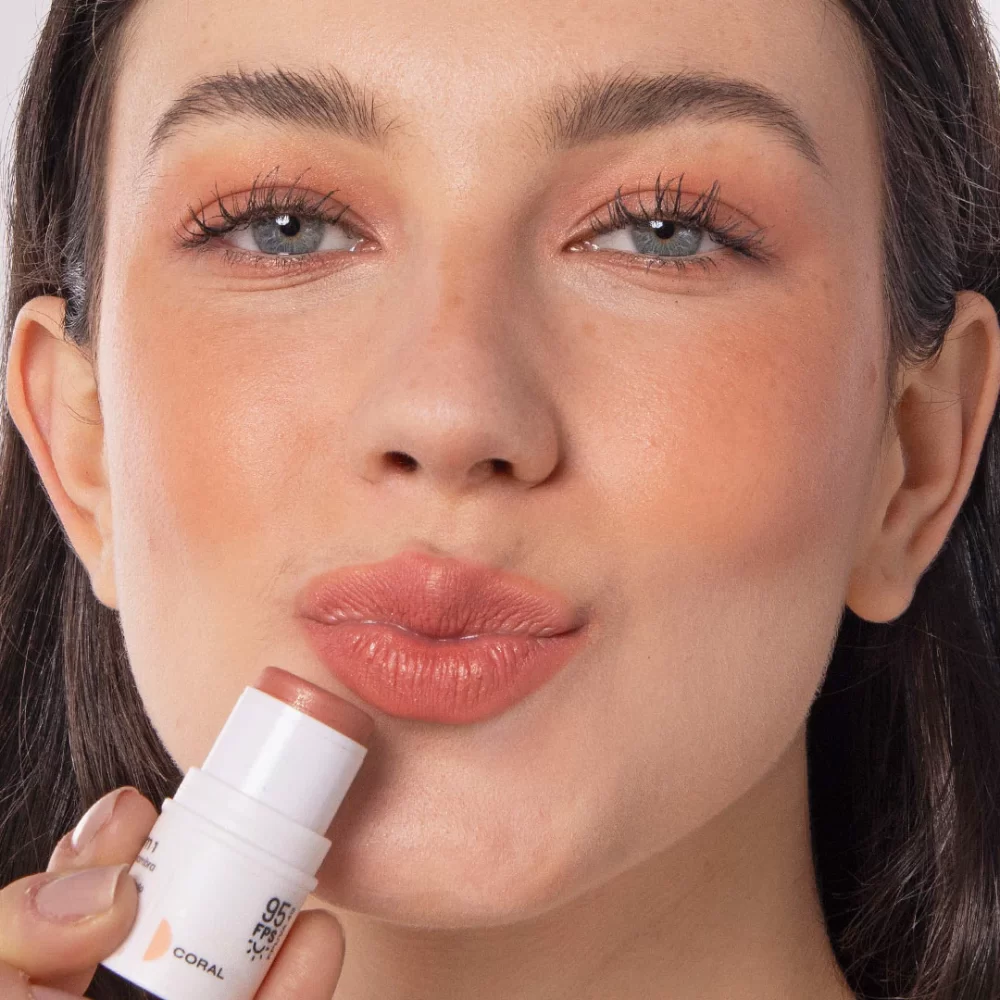
Choosing the Right Coral Blush
Selecting the perfect coral blush requires consideration of several factors. Skin tone plays a crucial role in finding the most flattering shade. Fair skin typically looks best with lighter, peachy coral tones, while medium skin tones can pull off a wide range of coral hues. Deeper skin tones often shine with richer, more vibrant coral shades that have a hint of red or bronze. Undertones also influence the choice, with cool undertones pairing well with pink-leaning corals and warm undertones complementing orange-based corals. The desired intensity of the look matters too.
Sheer, buildable formulas offer versatility for both subtle and bold applications. Matte finishes provide a natural, everyday look, while shimmer or satin finishes add a touch of glamour. Consider the blush’s formula as well. Powder blushes offer easy application and blending, making them ideal for beginners. Cream and liquid formulas create a dewy, natural-looking flush that works well for dry or mature skin. When testing coral blushes, apply them to the apples of the cheeks and blend outward. Natural lighting provides the best environment for assessing the color’s true appearance on the skin. Remember that personal preference plays a significant role in choosing the right coral blush. Experimenting with different shades and formulas helps in finding the perfect match for individual style and skin type.
Application Techniques for a Flawless Finish
Mastering the application of coral blush elevates any makeup look. Start with a well-moisturized and primed face to ensure smooth, even application. For powder blushes, use a fluffy brush to pick up product, tapping off excess to avoid over-application. Smile gently to locate the apples of the cheeks, then apply the blush in circular motions, blending outward towards the temples. This technique creates a natural-looking flush that lifts the face. When using cream or liquid formulas, warm the product on the back of the hand before applying.
Use fingertips or a stippling brush to pat and blend the blush onto the cheeks. For a sun-kissed look, sweep a small amount of coral blush across the nose bridge and forehead. To enhance the blush’s staying power, layer powder blush over cream formulas. For a subtle glow, mix liquid coral blush with moisturizer or foundation before applying. Experiment with placement to flatter different face shapes. Round faces benefit from blush applied slightly below the apples of the cheeks and blended diagonally upward. For heart-shaped faces, focus the blush on the outer edges of the cheekbones. Oval faces can pull off various placements, while square faces look best with blush concentrated on the apples of the cheeks. Remember to blend thoroughly for a seamless finish, ensuring no harsh lines are visible.
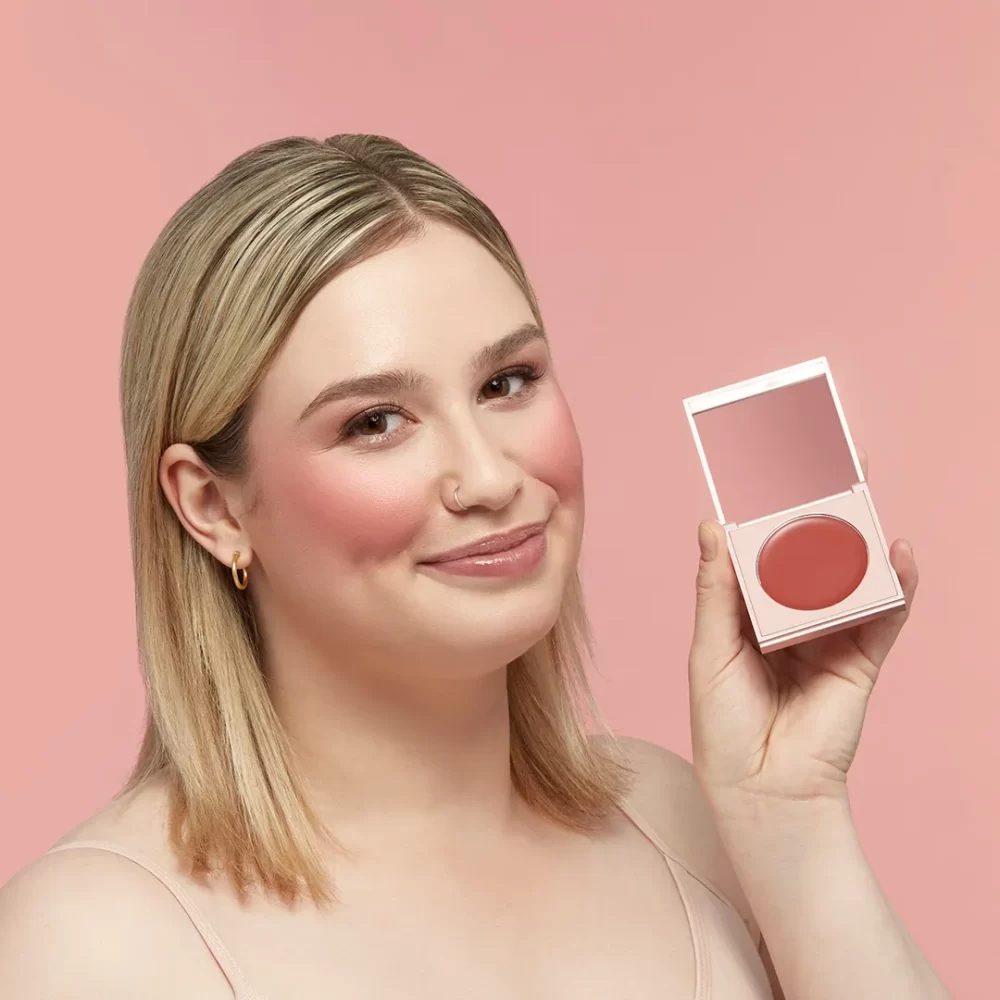
Pairing Coral Blush with Other Makeup
Coral blush’s versatility shines when coordinated with other makeup elements. For a cohesive look, consider the undertones of the chosen coral shade when selecting complementary colors. Eyes can be enhanced with neutral browns, soft golds, or even pale greens to create a harmonious palette. A classic pairing involves coral blush with a winged eyeliner and mascara, allowing the cheeks to take center stage. Bold lips work surprisingly well with coral blush.
Try a deep berry or rich red lipstick for a striking contrast that balances the warmth of the blush. Alternatively, nude lips in peach or beige tones create a fresh, natural look that enhances the coral flush. When it comes to bronzer, use a light hand to avoid overpowering the blush. Apply bronzer strategically to the perimeter of the face for subtle definition. Highlighter can add dimension to the look; opt for champagne or soft gold shades to complement the coral tone.
For eyeshadow, consider using the coral blush itself as a wash of color on the lids for a monochromatic effect. This technique ties the entire look together seamlessly. Remember that coral blush pairs beautifully with both warm and cool-toned foundations, making it a versatile choice for various makeup styles. Experiment with different combinations to discover unique pairings that enhance individual features and personal style.
Seasonal Adaptations of Coral Blush
Coral blush adapts beautifully to different seasons, making it a year-round staple. In spring, lighter, more pastel coral shades evoke the freshness of blooming flowers. Pair these delicate hues with dewy skin and minimal eye makeup for a rejuvenating look. Summer calls for brighter, more vibrant coral tones that mimic the warmth of the sun. During this season, opt for long-wearing formulas that withstand heat and humidity. Autumn brings opportunities to explore deeper, more muted coral shades with hints of terracotta or bronze.
These richer tones complement the warm color palette of fall fashion. Winter doesn’t mean abandoning coral blush; instead, choose formulas with a touch of shimmer to brighten dull winter skin. Layer cream coral blush under a powder formula for enhanced longevity in cold weather. Adjust the application technique seasonally as well. Summer looks benefit from a light hand and strategic placement high on the cheekbones for a sun-kissed effect.
In contrast, winter calls for a more concentrated application on the apples of the cheeks to combat paleness. Spring and fall allow for experimentation with placement and intensity. Consider the seasonal changes in skin tone and texture when selecting and applying coral blush. Drier winter skin may require cream formulas, while oily summer skin often prefers powder versions. By adapting coral blush to each season, makeup enthusiasts can enjoy its flattering effects year-round.
DIY Coral Blush: Natural Alternatives
For those interested in natural beauty alternatives, creating homemade coral blush offers a fun and eco-friendly option. Start with a base of arrowroot powder or cornstarch, which provides a smooth, silky texture. Add small amounts of natural pigments to achieve the desired coral shade. Beetroot powder imparts a pink hue, while annatto seed powder contributes orange tones. Adjust the ratios until the perfect coral color emerges.
For a touch of shimmer, incorporate a small amount of mica powder. Essential oils like rose or geranium can add a pleasant scent and potential skin benefits. Mix the ingredients thoroughly in a clean bowl, then press the powder into a compact or store it in a small jar. When creating cream formulas, use shea butter or coconut oil as a base, melting it gently before adding pigments. Beeswax can be included for improved staying power.
For a tinted lip and cheek balm, blend the coral pigments with a mixture of coconut oil and beeswax. Natural preservatives like vitamin E oil help extend the product’s shelf life. Always perform a patch test before applying homemade cosmetics to ensure skin compatibility. While DIY coral blush allows for customization and natural ingredients, it’s essential to research and source high-quality, cosmetic-grade materials. This approach to coral blush not only provides a unique makeup experience but also aligns with eco-conscious beauty trends.
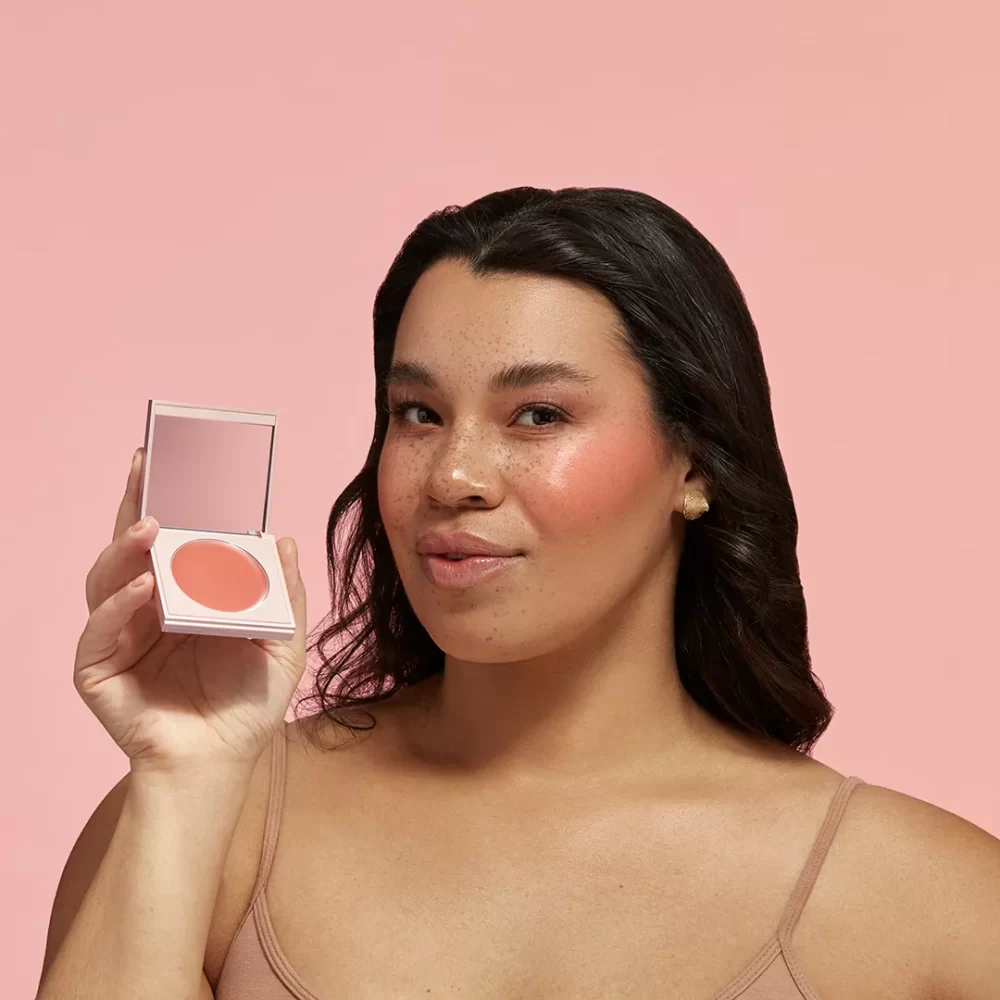
Celebrity Inspiration: Iconic Coral Blush Looks
Celebrities have long embraced coral blush, showcasing its versatility on red carpets and in everyday looks. Jennifer Lopez frequently sports a warm coral flush that complements her golden skin tone, pairing it with nude lips for a balanced glow. Emma Stone’s fair complexion shines with a soft, peachy coral blush, often accompanied by winged eyeliner for a vintage-inspired look. Beyoncé opts for deeper coral shades with bronze undertones, creating a radiant complexion that enhances her stage presence.
For a more dramatic take, Rihanna has been known to rock vibrant coral blush high on her cheekbones, paired with bold lip colors. Blake Lively often chooses a shimmery coral blush to achieve a fresh, dewy look that highlights her features. These celebrity looks demonstrate the adaptability of coral blush across various skin tones and personal styles. Makeup artists working with celebrities often layer different coral shades to create custom hues that perfectly complement their clients’ complexions.
By studying these iconic looks, makeup enthusiasts can gain inspiration for their own coral blush applications. Celebrity makeup techniques, such as strategic placement and blending methods, can be adapted for everyday wear. The widespread use of coral blush among celebrities underscores its timeless appeal and ability to enhance natural beauty across diverse looks and occasions.
The Future of Coral Blush: Trends and Innovations
The beauty industry continues to evolve, and coral blush remains at the forefront of innovation. Recent trends show a shift towards multi-use products, with coral blush formulas designed for use on cheeks, eyes, and lips. This versatility appeals to minimalist makeup routines and travel-friendly cosmetics. Sustainable packaging is becoming increasingly important, with brands introducing refillable coral blush compacts and eco-friendly containers.
Formula innovations focus on long-wearing, transfer-proof options that withstand mask-wearing and active lifestyles. Skincare-infused blushes incorporate ingredients like hyaluronic acid and vitamin C, offering color and skin benefits simultaneously. Customization is on the rise, with some brands offering adjustable coral shades that adapt to individual skin chemistry. Technology plays a role too, with augmented reality apps allowing users to virtually try on different coral blush shades and placements before purchasing.
The trend towards inclusive beauty is driving the development of coral blush formulas that flatter an extensive range of skin tones and undertones. As the line between skincare and makeup continues to blur, expect to see more coral blushes product with skin-nourishing properties. The future of coral blush looks bright, with innovations enhancing its timeless appeal while addressing modern beauty concerns and values.
